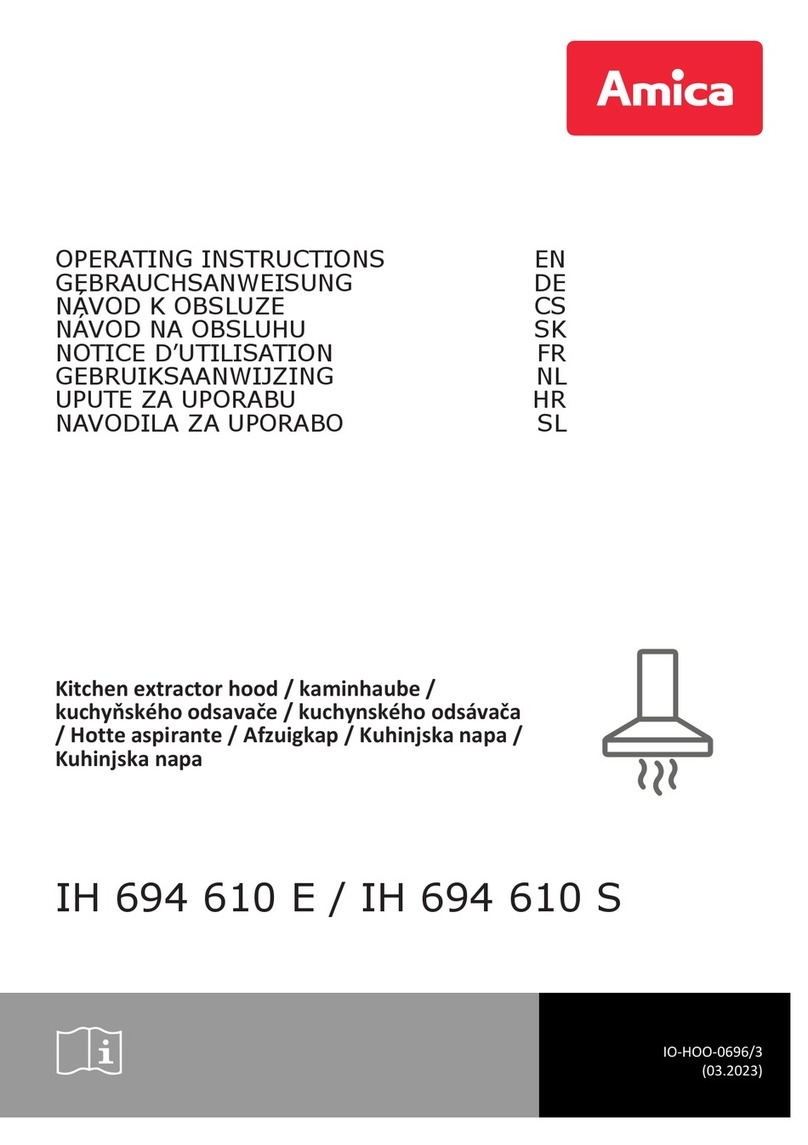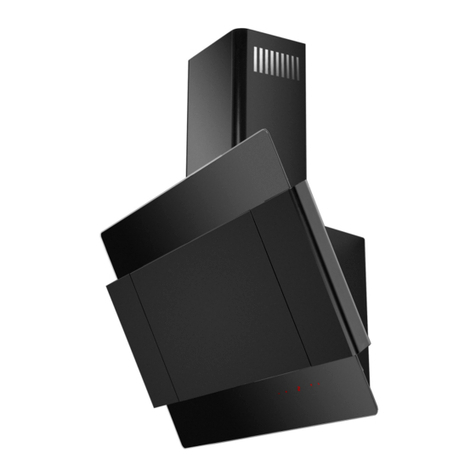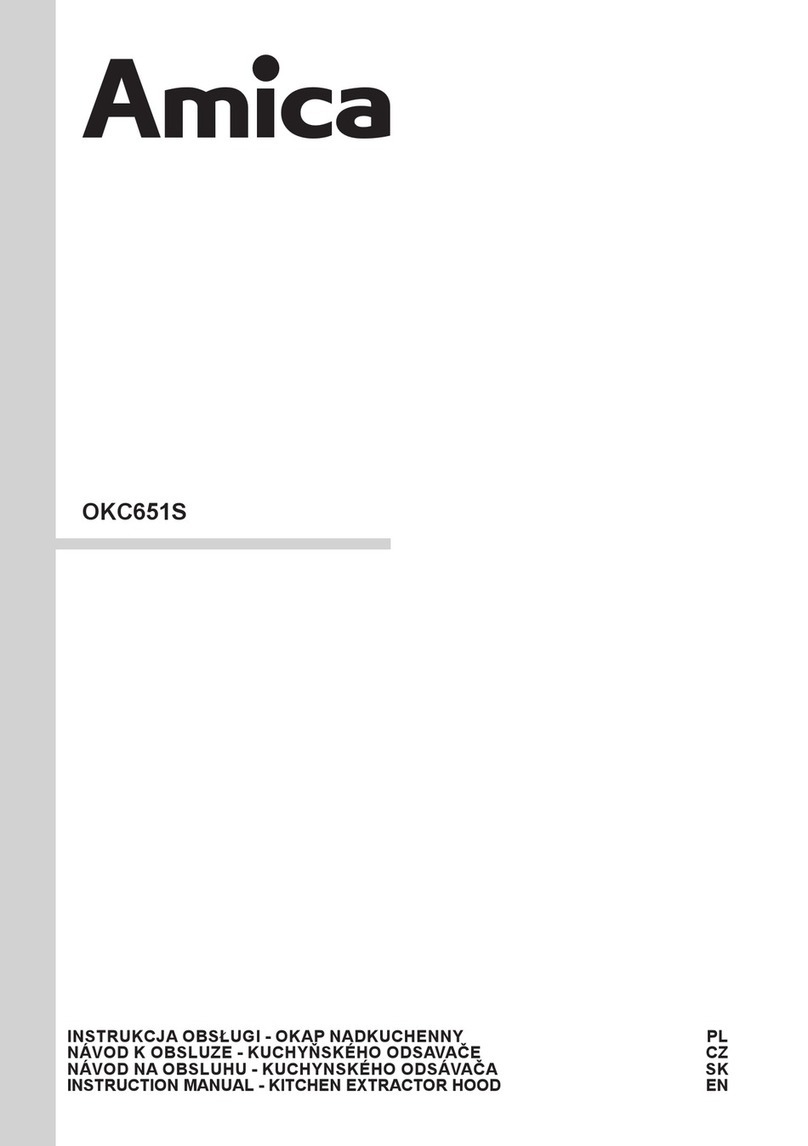Amica OKC 653 SW User manual
Other Amica Ventilation Hood manuals
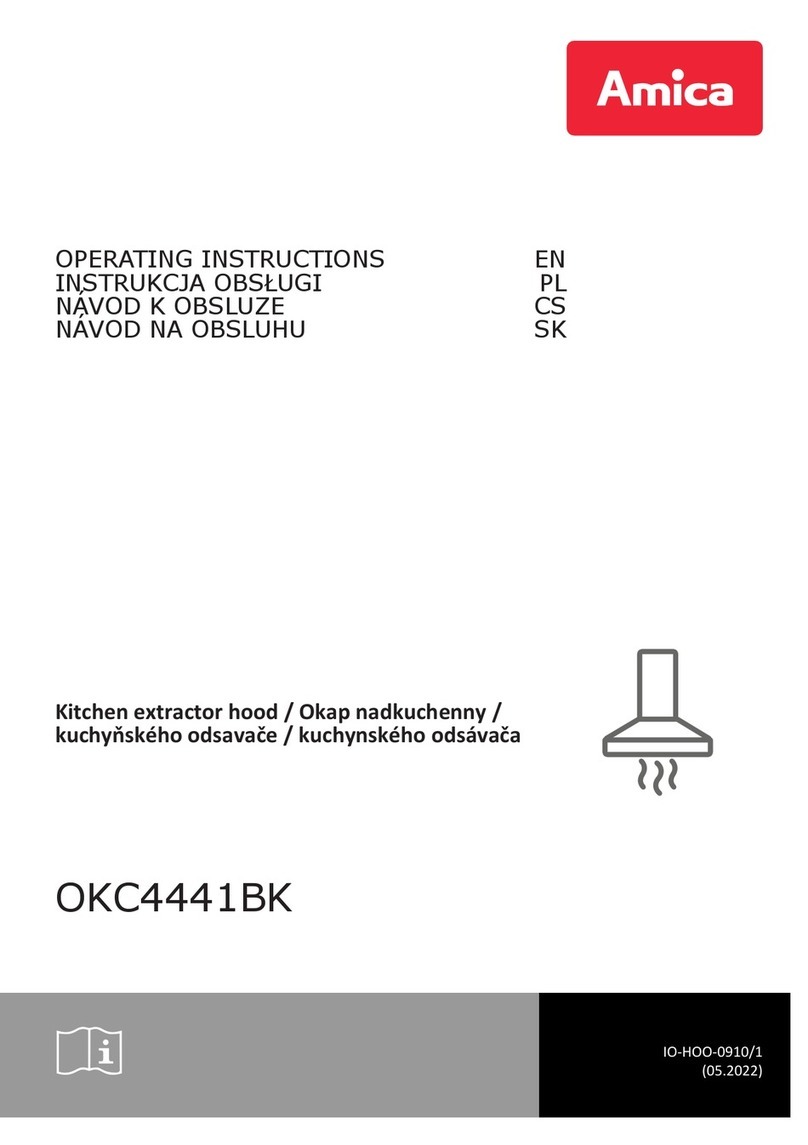
Amica
Amica OKC4441BK User manual

Amica
Amica OTP6241I/ST 62 AX User manual
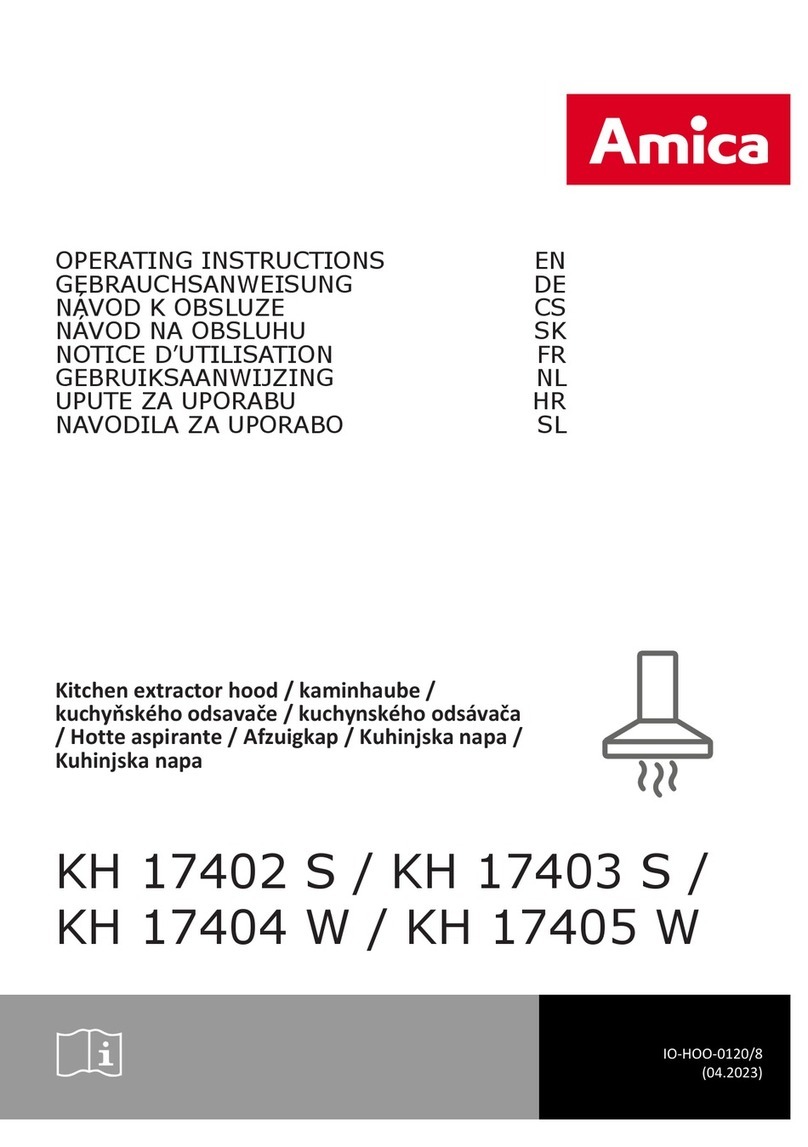
Amica
Amica KH 17403 S User manual

Amica
Amica OSC 6562 W User manual
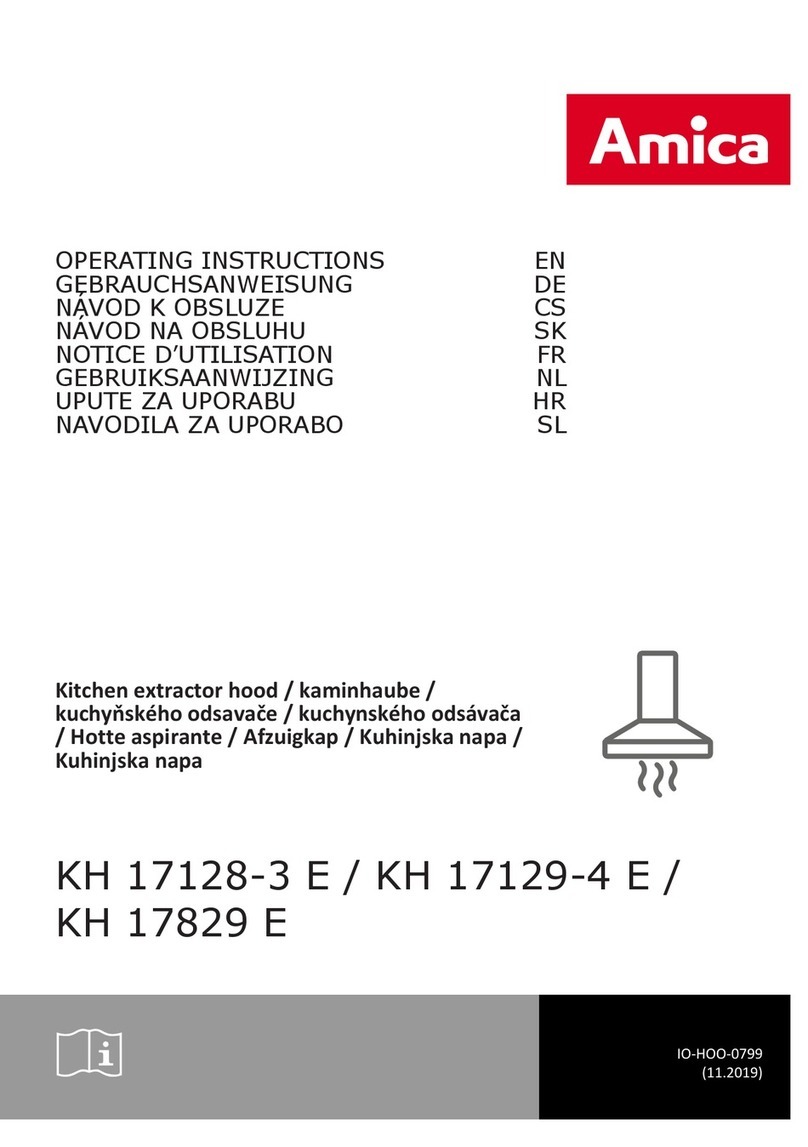
Amica
Amica KH 17128-3 E User manual

Amica
Amica UH Series User manual
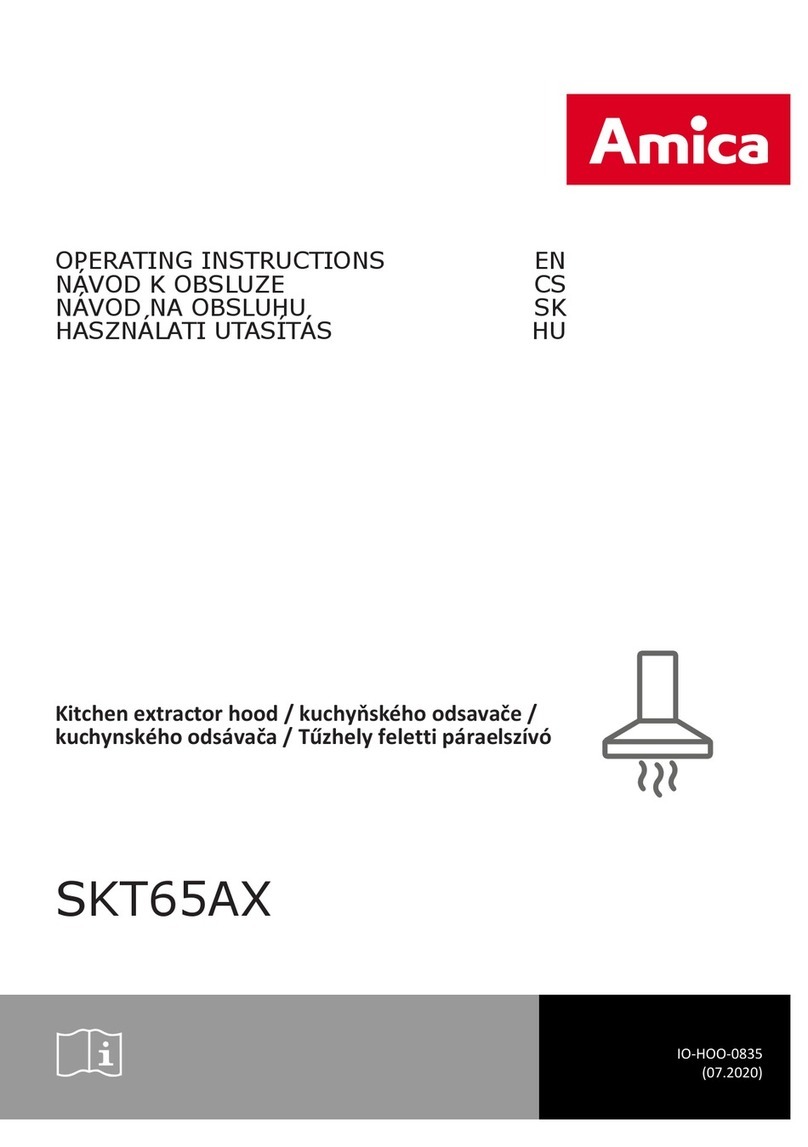
Amica
Amica SKT65AX User manual
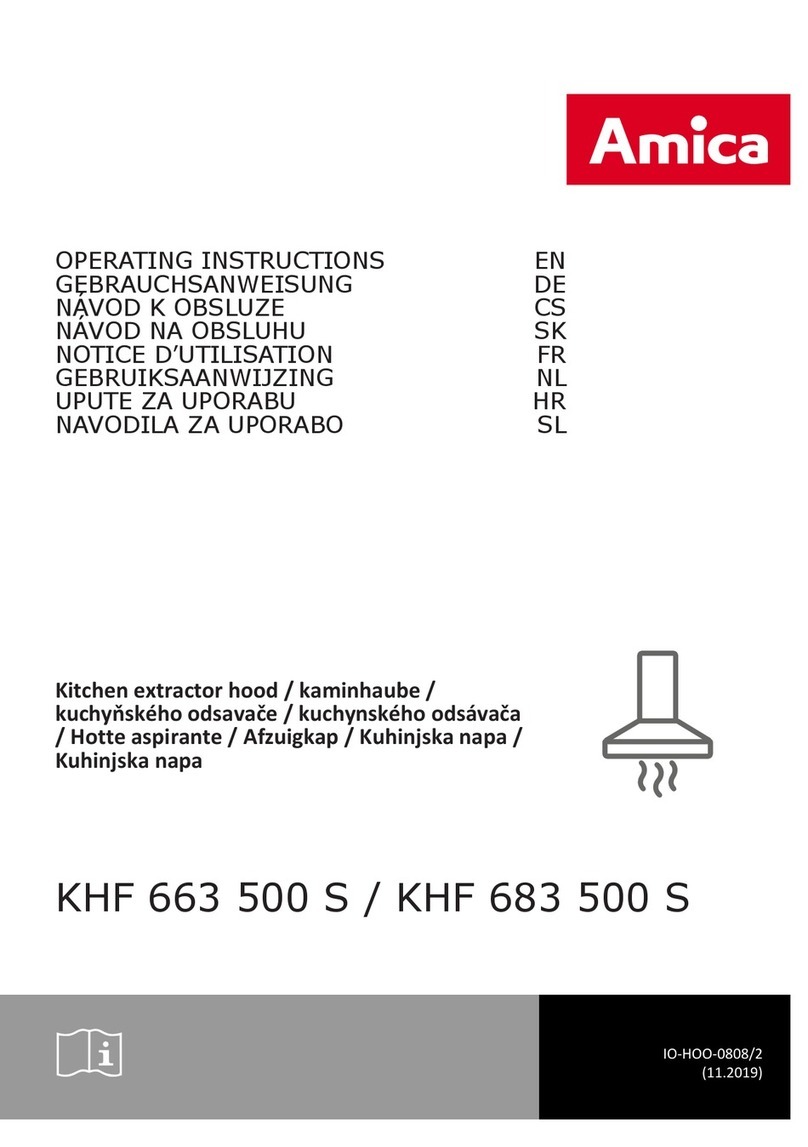
Amica
Amica KHF 663 500 S User manual

Amica
Amica KH17021E User manual
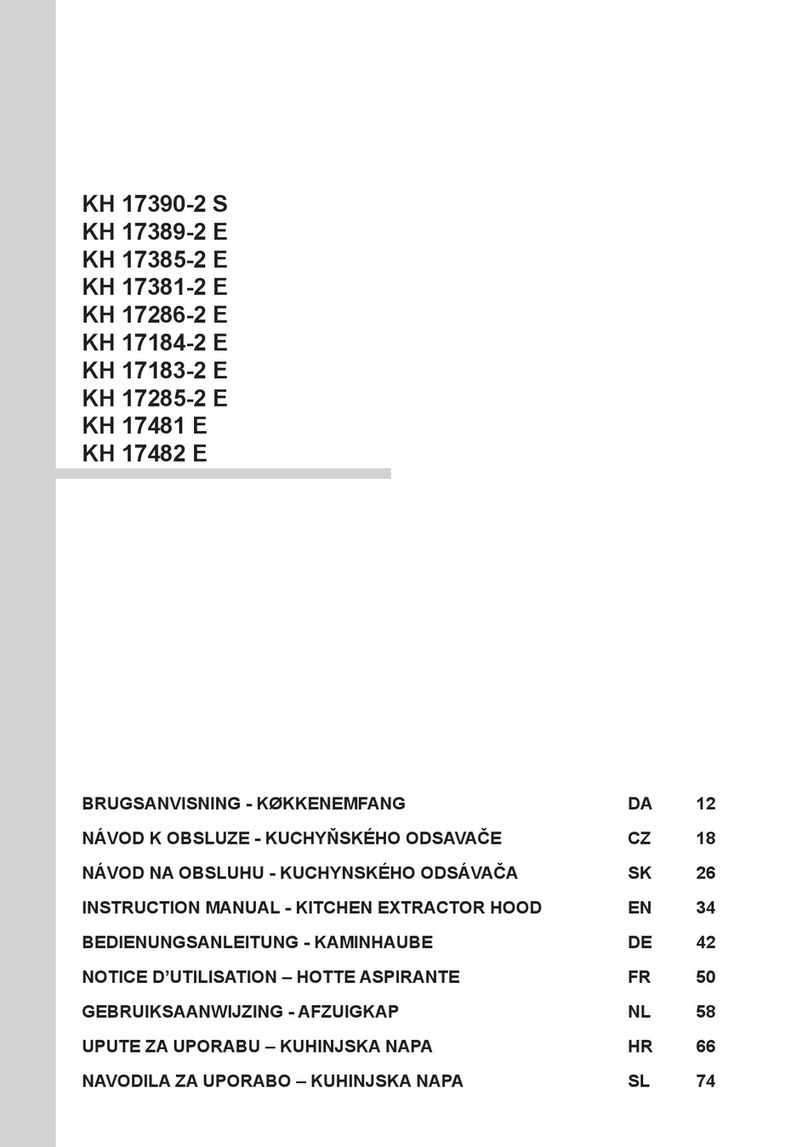
Amica
Amica KH 17390-2 S User manual

Amica
Amica OKP6652S User manual
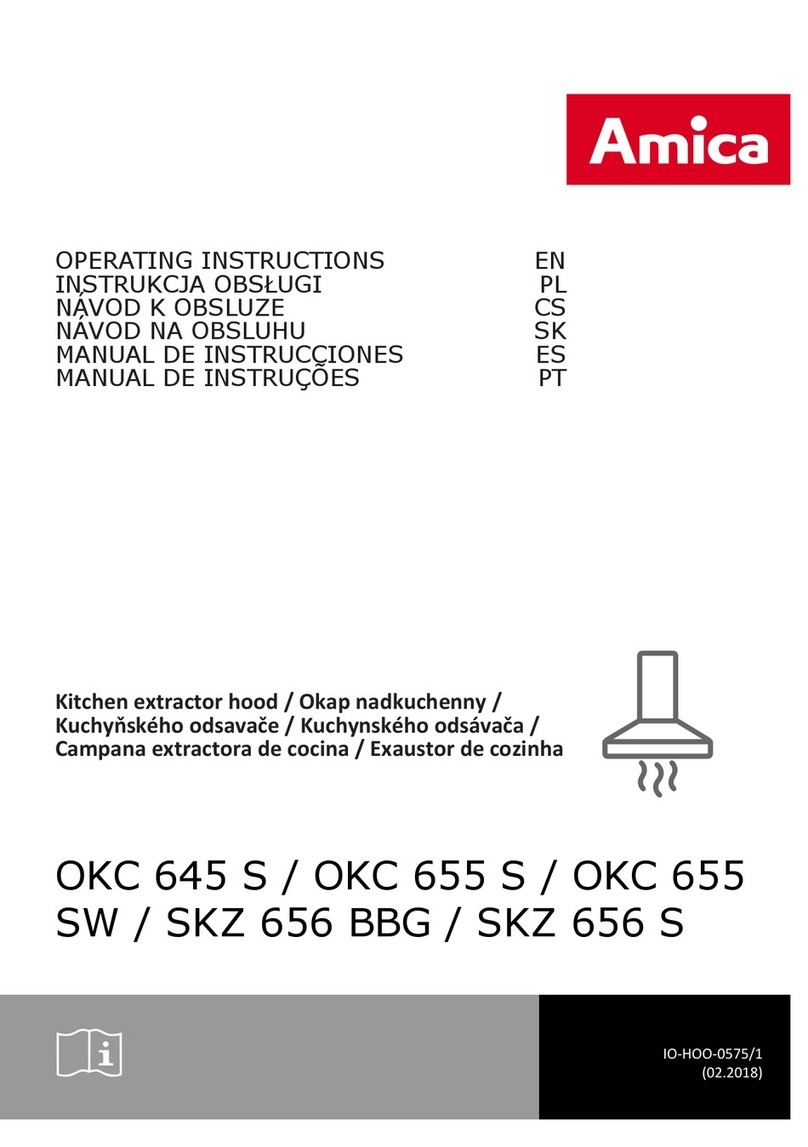
Amica
Amica SKZ 656 BBG User manual
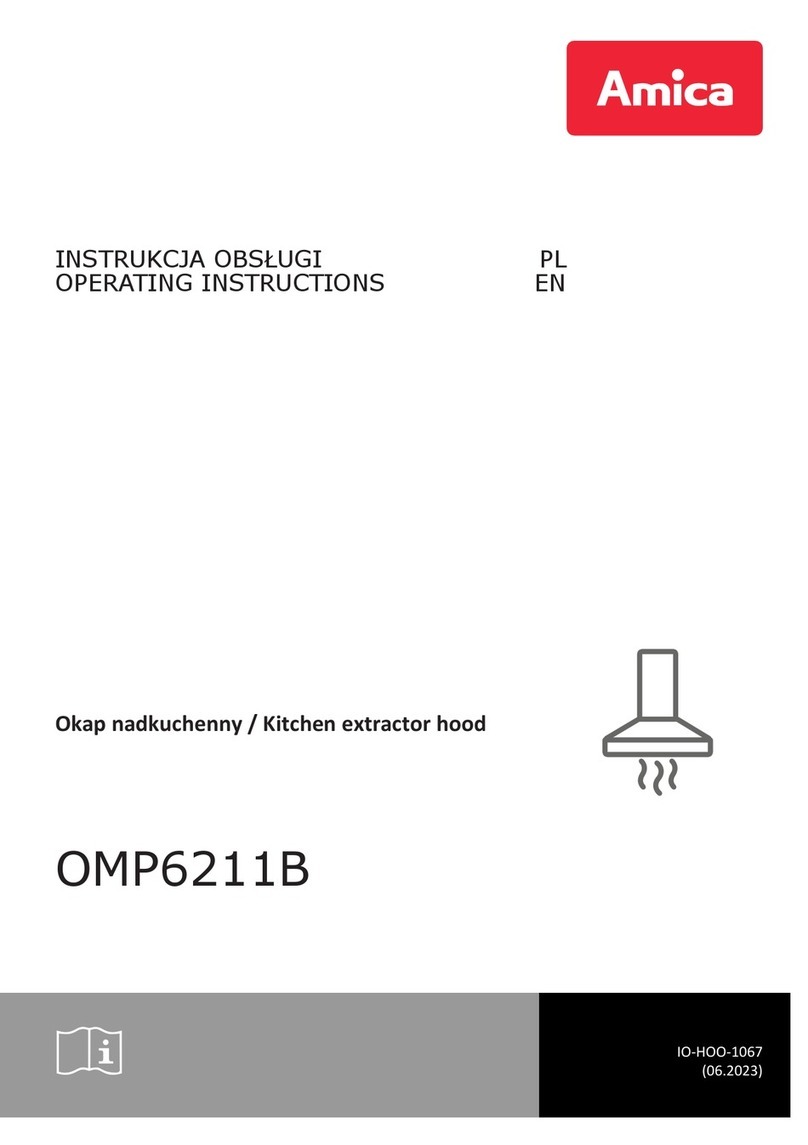
Amica
Amica OMP6211B User manual
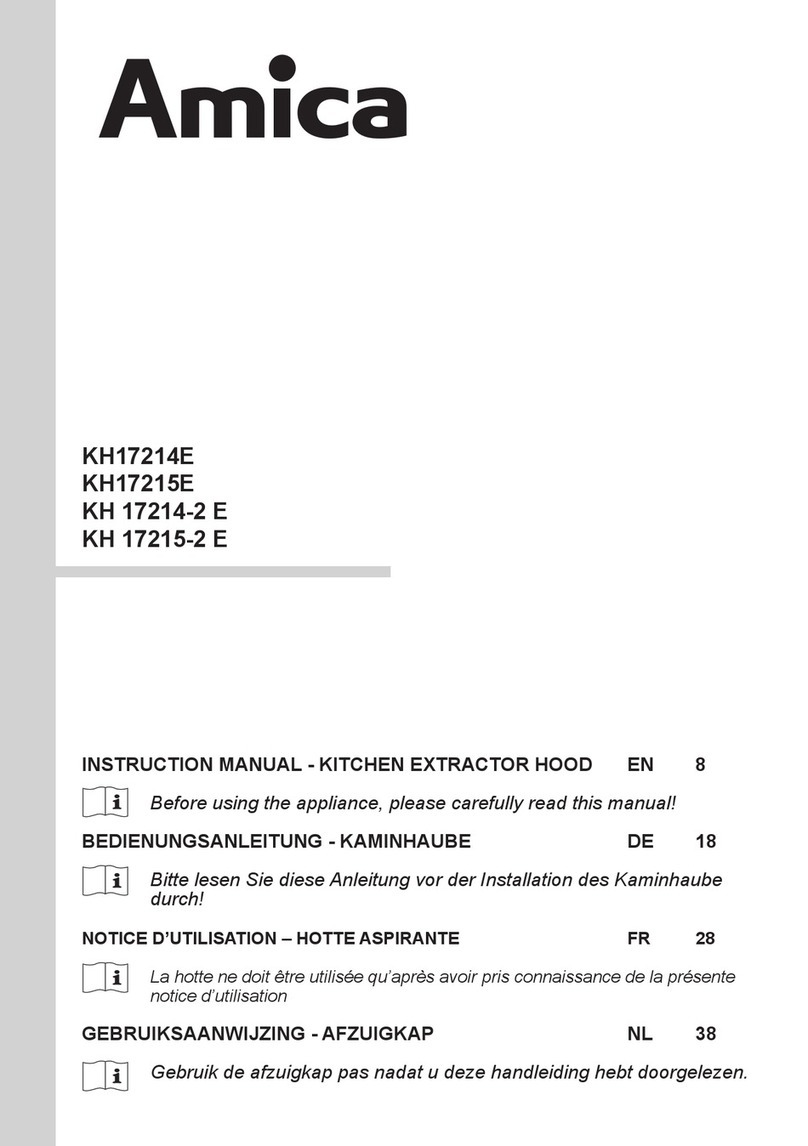
Amica
Amica KH 17214-2 E User manual

Amica
Amica OMP6241BI User manual
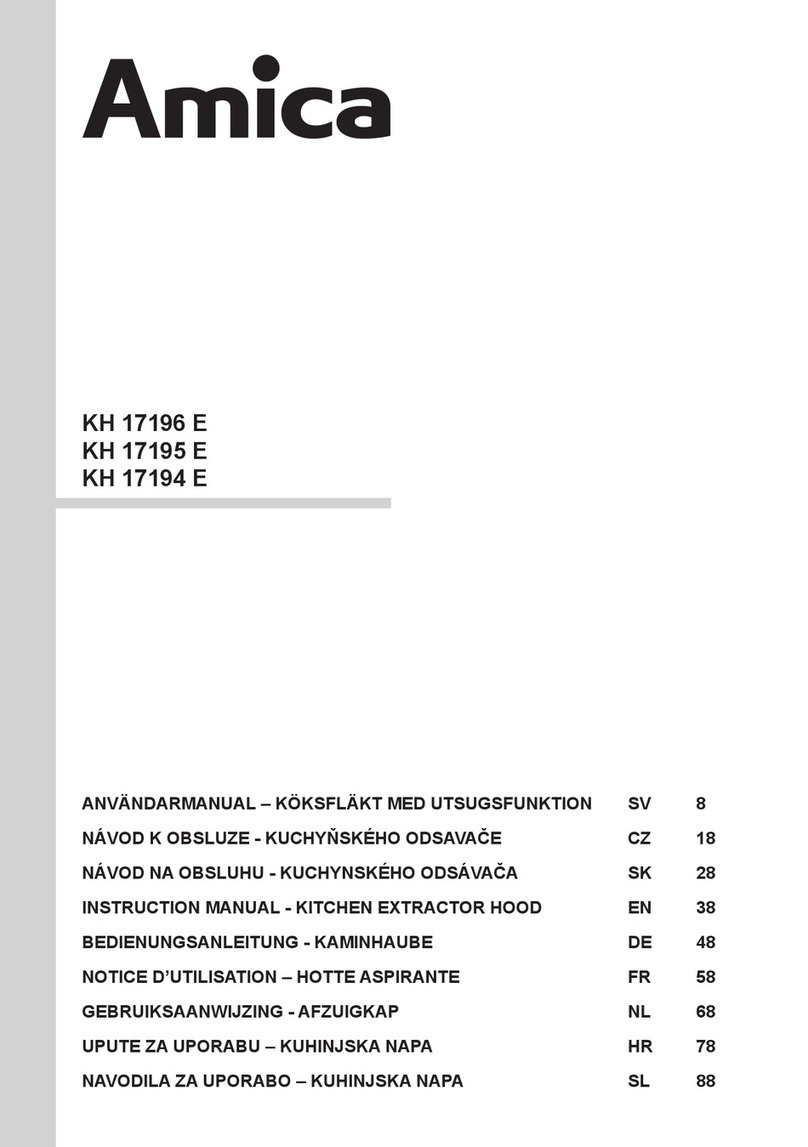
Amica
Amica KH 17196 E User manual

Amica
Amica IN900BI User manual

Amica
Amica KHF 662 600 S User manual

Amica
Amica OKC623S User manual

Amica
Amica OKC6727I User manual
Popular Ventilation Hood manuals by other brands

Gorenje
Gorenje S3 IHGC963S4X manual

KOBE
KOBE ISX2136SQB-1 Installation instructions and operation manual

U.S. Products
U.S. Products ADVANTAGE-100H Information & operating instructions

Kuppersberg
Kuppersberg DUDL 4 LX Technical Passport

Framtid
Framtid HW280 manual

Thermador
Thermador HGEW 36 FS installation manual
